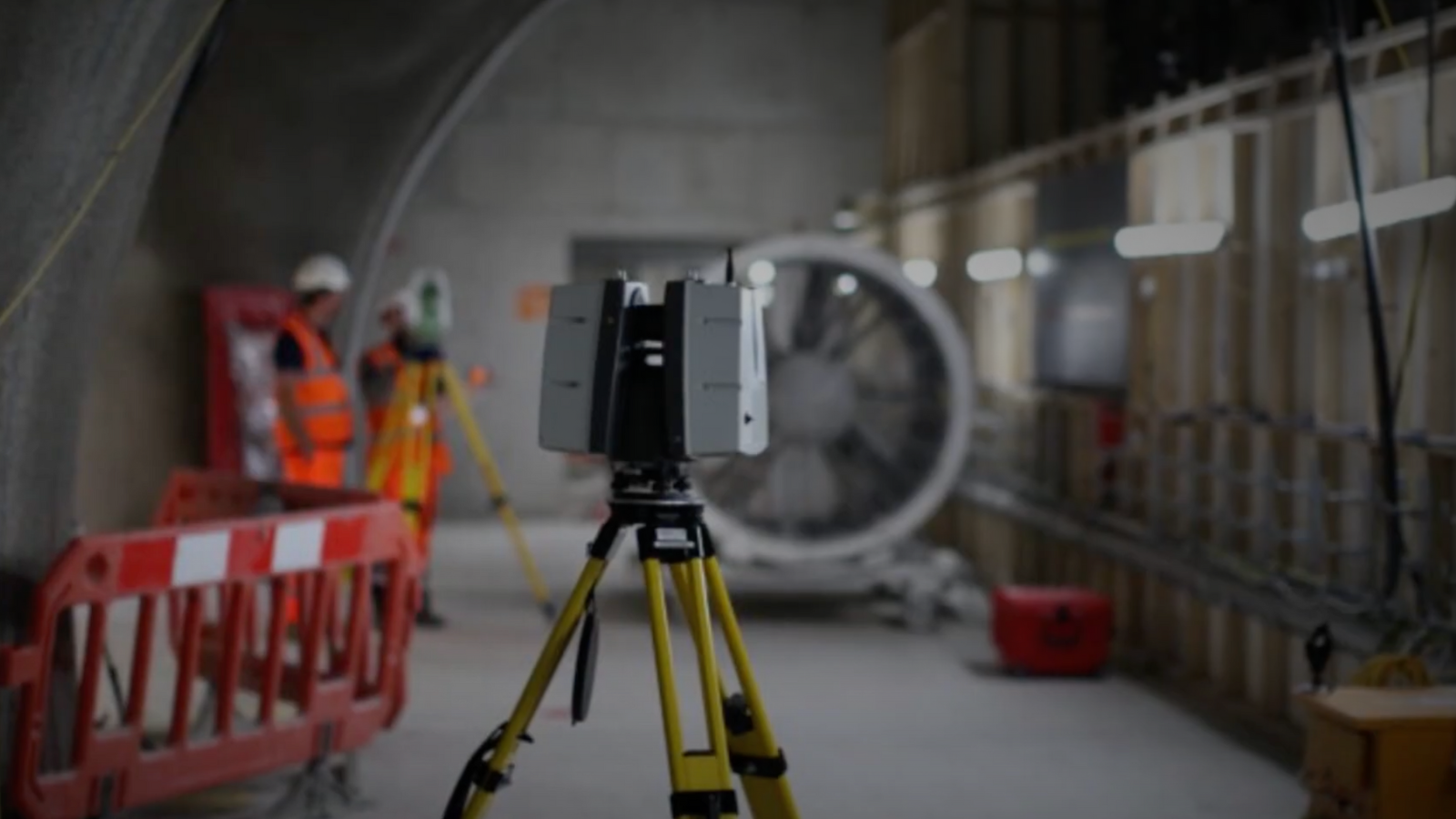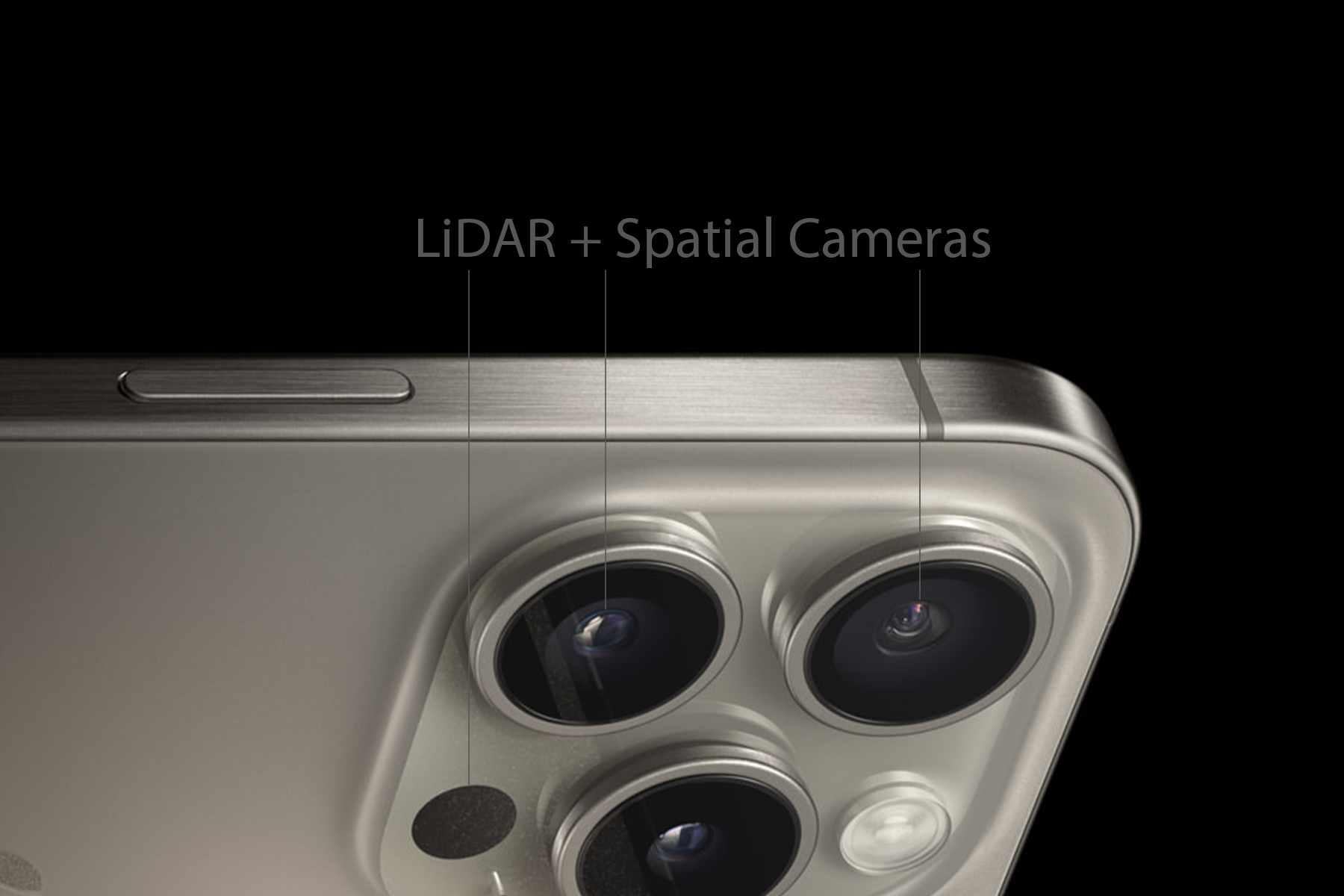
Explaining 3D laser scanning technologies
3D laser scanning technology has become an increasingly important tool in the construction industry, allowing for precise and accurate measurements of structures and environments.
A 3D laser scanner scans an object's or environment's surface with a laser beam, gathering millions of data points that may be used to build an accurate 3D model.
Several construction-related applications, such as building design and planning, building retrofits and renovations, and quality control and inspection, can make use of this technology.
The capability of 3D laser scanning technology to swiftly and precisely gather significant volumes of data is one of its main advantages.
Compared to more conventional measuring methods like manual measurement or photogrammetry, this can save time and money.
With 3D laser scanning technology, it is possible to produce accurate models of current buildings and settings for use in planning and designing future construction projects.
According to expert Max El Mann Arazi, "This technology may also be used to build as-built models of structures, which can be utilized to confirm that new construction complies with the original plan."
The creation of precise models of existing buildings using 3D laser scanning technology may be used to plan and carry out building retrofits and repairs. With this technology, existing structures may also have problems like structural flaws or code violations found and fixed.
Read the article in the LiDAR News site here:

LiDAR INSIGHTER Newsletter
Join the newsletter to receive the latest updates in your inbox.






